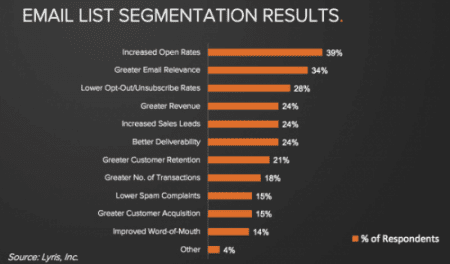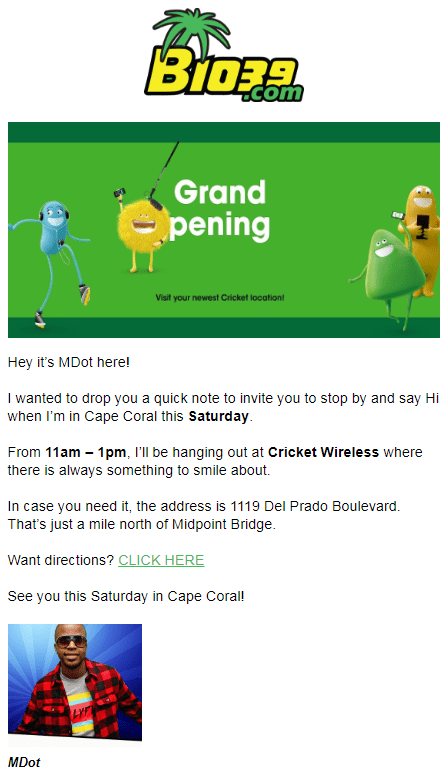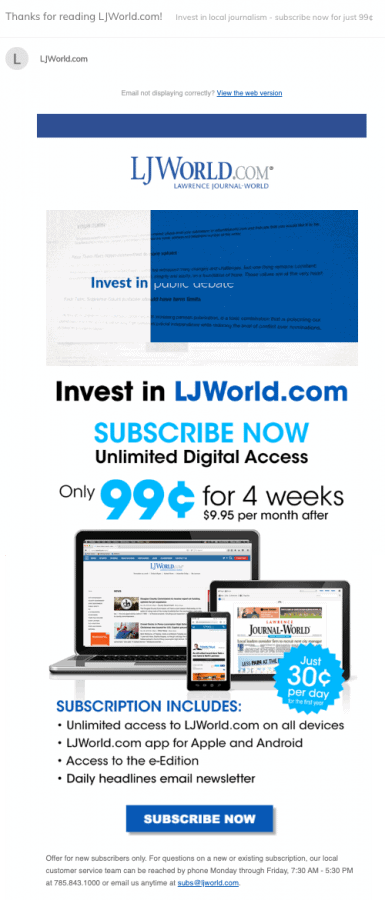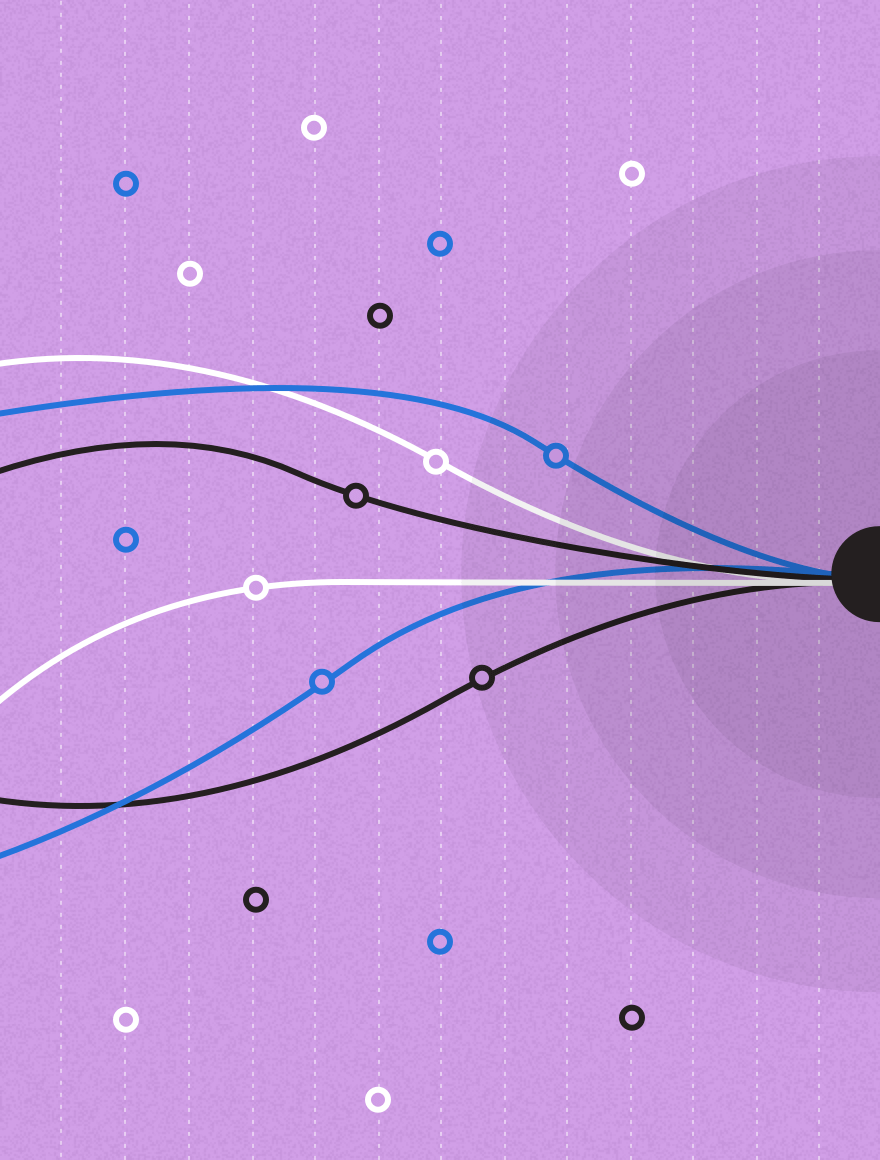What is Email Segmentation?
Email segmentation is the ability to leverage all the consumer data you collect and send specific emails to a group of people who will likely be engaged in an email’s topic.
Most marketing campaigns are judged on click-through and open rates. Sending to a smaller list of users can lead to a much more efficient campaign. This is because you’re eliminating extraneous users who would likely not be interested in the message. When you send irrelevant information to your subscribers, it actually does more harm than good. When a user doesn’t take action on an email, it lowers the results of that specific campaign. Those users are also much more likely to unsubscribe – or worse – report you as spam.
Segmenting your list will:
- Increase your open rates
- Boost email subscriber retention
- Grow revenue

How KY3-TV Found the Value of Email Segmentation
This station from Springfield, Missouri decided to run an A/B test on one of their event emails. They sent 1/3 to a target audience (50 mile radius + interest: country music + concerts) and 2/3 sent to regular ‘offers’ recipients (no targeting).
The emails sent to the targeted audience earned an 18% open rate (including 2 opt-outs and 2 spam complaints,) while the non-targeted email only received a 6% open rate (including 7 opt-outs and 6 spam complaints.)
Overall, the targeted emails earned 3x better open rate, 3x better click-through rate, and 3x fewer complaints and opt-outs. This proves bigger lists don’t equal better results.

How to Get Started With Email Segmentation
The quickest way to get started is segmenting your opt-ins by ZAG (zip code, age, and gender). Most likely, your database already has a lot of this information about each of your consumers. But if you don’t, start adding these questions onto your registration forms. You can also segment your existing opt-ins further with these following parameters:
Engagement
Unengaged users negatively affect deliverability. Mailbox providers measure your list quality on many factors, but the majority of them are focused on engagement. The less engagement your newsletter gets, the less likely it’ll get prioritized in your subscriber’s email inbox. Make sure that you are consistently cleaning out disengaged users from your database. And when at all possible, filter your messages to send to a segmented, targeted list of users.
Location
Segmenting by location is crucial to ensure you’re providing deals and offers within the normal driving distance of your consumers. People won’t drive more than 17 minutes to get to a restaurant, so why send them an email about one farther away?

Age and Gender
Depending on the marketing campaign, you may prefer to limit your messages to a specific age or gender that range that would be the most responsive. Sending a message announcing enrollment for a new intense fitness class may not be suitable for the same audience getting retirement financial advice. Sending an email advertising maternity clothes, pedicures, or a bikini-wax could lead to a male reader unsubscribing from future emails with your company.

Interests
Collecting self-declared interest categories is another straightforward and powerful way to send more relevant emails. Imagine being able to send only to golf enthusiasts, brides-to-be, or people who like Vietnamese cuisine. You can do this through a variety of means:
- Sending interest surveys to customers
- Asking profiling questions on sweepstakes and contests
- Leveraging longer interactions like quizzes and ballots

Customer vs Prospect
If you are selling any kind of prospect or service, it is incredibly important to be able to separate current customers from formers and prospects. This allows you to tailor different messages for retention and acquisition without having to dilute your offers or messaging.

These five areas may be some of the simplest ways to get started with email segmentation, but you don’t have to end there. The more consumer profile data you collect, the deeper you can dive into email segmentation. And that means the more you can personalize your emails. As you continue sending more relevant messages, users will increasingly look for them and be excited to get these personalized messages. You’ll build trust with your subscribers, and in turn, produce better results for advertisers.
How to price a targeted list
Wondering about how segmentation affects your pricing? It doesn’t matter that you’re sending to a much smaller list. Because these are proven to drive results for advertisers, you should actually charge more for the targeted email.
